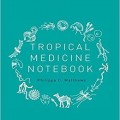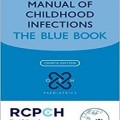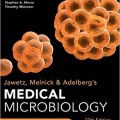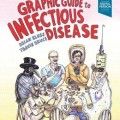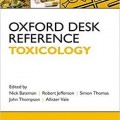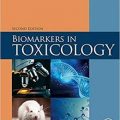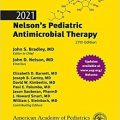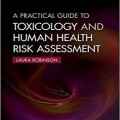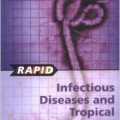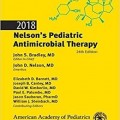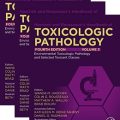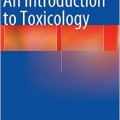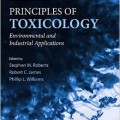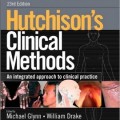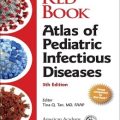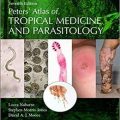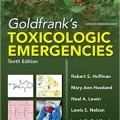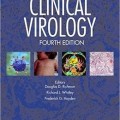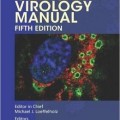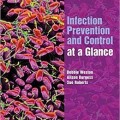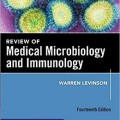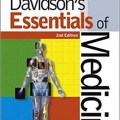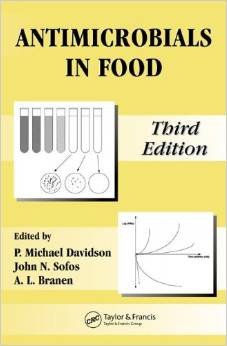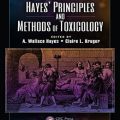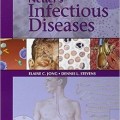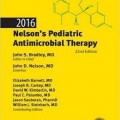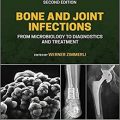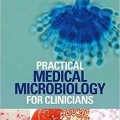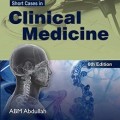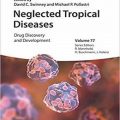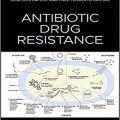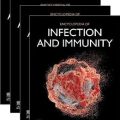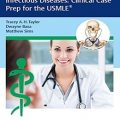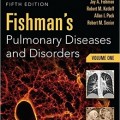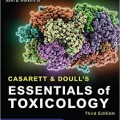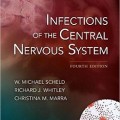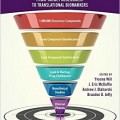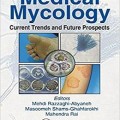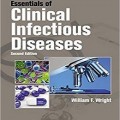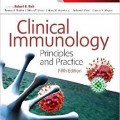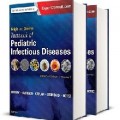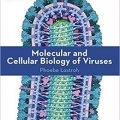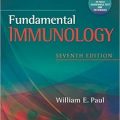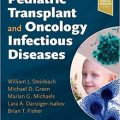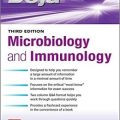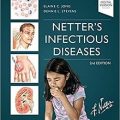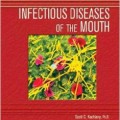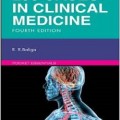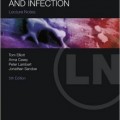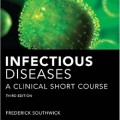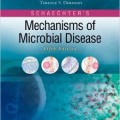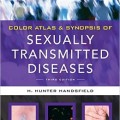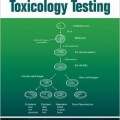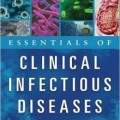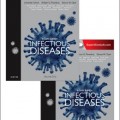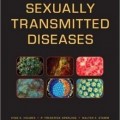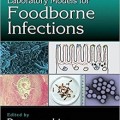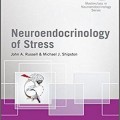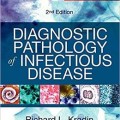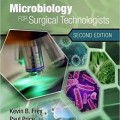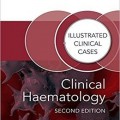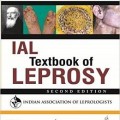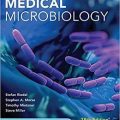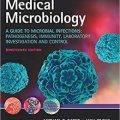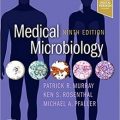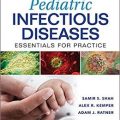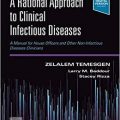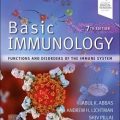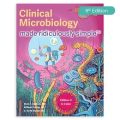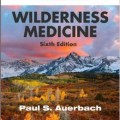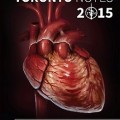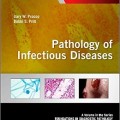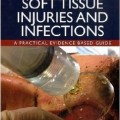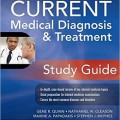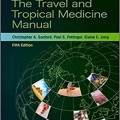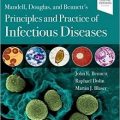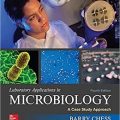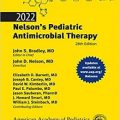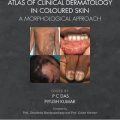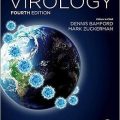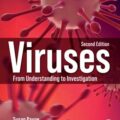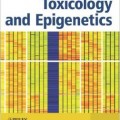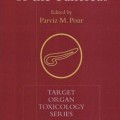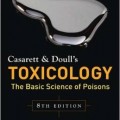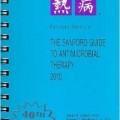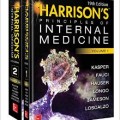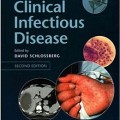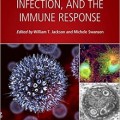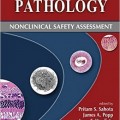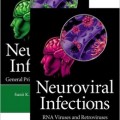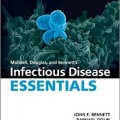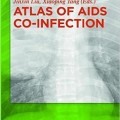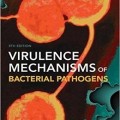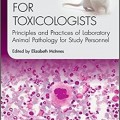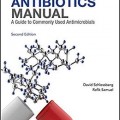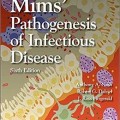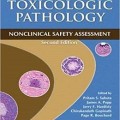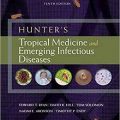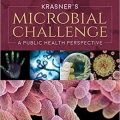دانلود کتاب راهنمای میکروب ها و سموم نفوذ پذیر امنیتی
Manual of Security Sensitive Microbes and Toxins, 1ed
Security sensitive microbes (viruses, bacteria, fungi, and parasites) and toxins, which are often referred to as the select agents and toxins, have the capacity to cause serious illness and death in humans, animals, and plants. Throughout history, these microbes and toxins have been exploited in one form or another as biowarfare and bioterror agents that create fear and panic well beyond any actual physical damages they might cause.
Manual of Security Sensitive Microbes and Toxins provides comprehensive, state-of-the-art coverage of microbes and toxins of biosecurity concern. The ultimate goal is to increase our awareness of these agents and enhance our preparedness against any future bio-emergencies.
The book begins with an introduction containing a brief overview of the historical aspects of security sensitive microbes and toxins. This is followed by a concise summary of the current status in relation to the regulation of security sensitive microbes and toxins and a discussion of future development trends.
The book is divided into seven parts:
- Microbes and Toxins Affecting Humans and Animals: Viruses
- Microbes and Toxins Affecting Human and Animals: Bacteria
- Microbes and Toxins Affecting Human and Animals: Fungus and Parasite
- Microbes and Toxins Affecting Human and Animals: Toxins
- Microbes Affecting Animals: Viruses
- Microbes Affecting Animals: Bacteria
- Microbes Affecting Plants
Written by experts in the relevant areas of research, the chapters are authoritative reviews, each one covering a single microbe or toxin with respect to its classification, biology, epidemiology, pathogenesis, identification, diagnosis, treatment, and prevention. The chapters also discuss the limitations of our current knowledge and challenges relating to improved detection and control of the microbe or toxin.
About the Author
Dongyou Liu, Ph.D., has worked in several research and clinical laboratories in Australia and the United States, with a focus on molecular characterization and virulence determination of microbial pathogens. He is the primary author of more than 50 original research and review articles in various international journals and the editor of seven recent biomedical books published by CRC Press.
Contents
Chapter 1: Introductory Remarks
Chapter 2: Arenaviruses
Chapter 3: Avian Inrluenza Virus (Highly Pathogenic)
Chapter 4 : Cercopithecine herpesvirus 1 (B Vims)
Chapter 5: Crimean-Congo Hemorrhagic Fever Virus
Chapter 6: Eastern Equine Encephalitis Virus
Chapter 7: Filoviruses
Chapter 8: Hantaviruses
Chapter 9: Henipaviruses
Chapter 10 Human Immunodeficiency Virus
Chapter 11: Influenza Virus (Reconstructed 1918 Inrluenza Virus)
Chapter 12: Japanese Encephalitis Virus
Chapter 13: Kyasanur Forest Disease Virus
Chapter 14: Lyssaviruses
Chapter 15: Menangle Virus
Chapter 16: Monkeypox Virus
Chapter 17: Omsk Hemorrhagic Fever Virus
Chapter 18: Rift Valley Fever Virus
Chapter 19: SARS Coronavirus
Chapter 20: Tick-Borne Encephalitis Viruses
Chapter 21: Variola Viruses
Chapter 22: Venezuelan Equine Encephalitis Virus
Chapter 23: Yellow Fever Virus
Chapter 24: Bacillus anthracis
Chapter 25: Brucella (B. abortus, B. melitensis, and B. suis)
Chapter 26: Burkholderia (B. mallei and B. pseudomallei)
Chapter 27: Chlamydophila (Chlamydia) psittaci
Chapter 28: Clostridium (C. botulinum and C. perfringens)
Chapter 29: Coxiella burnetii
Chapter 30: Escherichia coli 0157:H7
Chapter 31: Francisella tularensis
Chapter 32: Rickettsia
Chapter 33: Salmonella Typhi
Chapter 34: Shigella
Chapter 35: Vibrio cholerae
Chapter 36: Yersinia pestis
Chapter 37: Coccidioides (C. posadasii and C. immitis)
Chapter 38: Cryptosporidium
Chapter 39: Abril
Chapter 40: Botulinum Neurotoxins from Clostridium botulinum
Chapter 41: Conotoxins
Chapter 42: Clostridium perfringens Epsilon Toxin
Chapter 43: Ricin Toxin
Chapter 44: Saxitoxin and Related Paralytic Shellfish Poisons
Chapter 45: Shiga Toxin and Shiga-Like Ribosome-Inactivating Proteins
Chapter 46: Staphylococcal Enterotoxins
Chapter 47: T-2, HT-2, and Diacetoxyscirpenol Toxins from Fusarium
Chapter 48: Tetrodotoxin
Chapter 49: African Horse Sickness Virus
Chapter 50 : African Swine Fever Virus
Chapter 51: Akabane Virus
Chapter 52: Bluetongue Virus
Chapter 53: Bovine Spongiform Encephalopathy Agent
Chapter 54: CameIpox Virus
Chapter 55: Capripoxviruses
Chapter 56: Classical Swine Fever Virus
Chapter 57: Foot-and-Mouth Disease Virus
Chapter 58: Lumpy Skin Disease Virus
Chapter 59: Malignant Catarrhal Fever Virus (Alcelaphine Herpesvirus Type 1)
Chapter 60: Newcastle Disease Virus
Chapter 61: Peste des Petits Ruminants Virus
Chapter 62: Rinderpest Virus
Chapter 63: Swine Vesicular Disease Virus
Chapter 64: Vesicular Stomatitis Virus
Chapter 65: Ehrlichia ruminantium
Chapter 66: Mycoplasma mycoides subsp. mycoides and Mycoplasma capricolum subsp. capripneumoniae
Chapter 67: Rathayibacter toxicus
Chapter 68: Candidatus Liberibacter
Chapter 69: Peronosclerospora philippinensis and Related Species
Chapter 70: Phoma glycinicola
Chapter 71: Ralstonia solanacearum Race 3, Biovar 2
Chapter 72: Sclerophthora rayssiae var. zeae
Chapter 73: Synchytrium endobioticum
Chapter 74: Xanthomonas oryzae
Chapter 75: Xylella fastidiosa
لینک کوتاه : https://bookbaz.ir/?p=42803
نویسنده : Dongyou Liu
ناشر : CRC Press; 1 edition
سال انتشار : 2014
زبان کتاب : انگلیسی
نوع فایل : PDF
تعداد صفحات : 884
(ISBN) شابک : 1466553960
قیمت کتاب درآمازون : $139.95
حجم فایل : 28 MB



